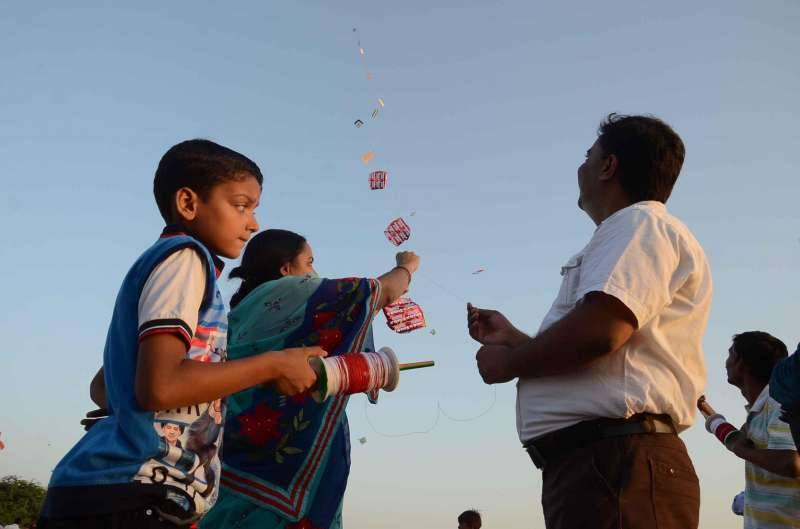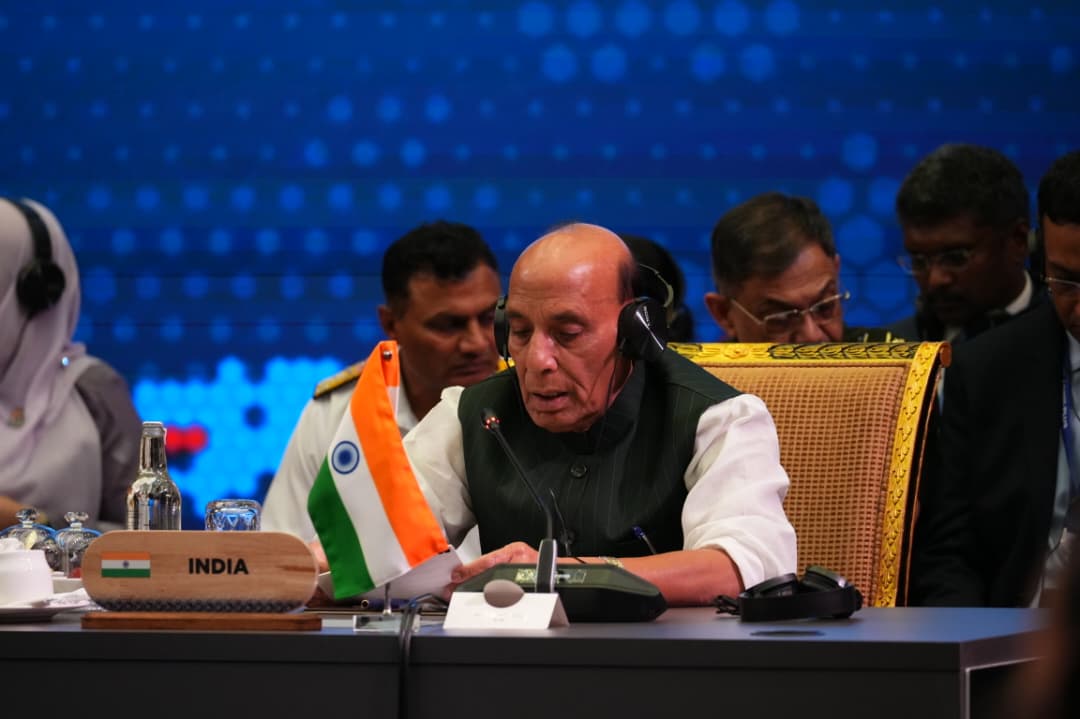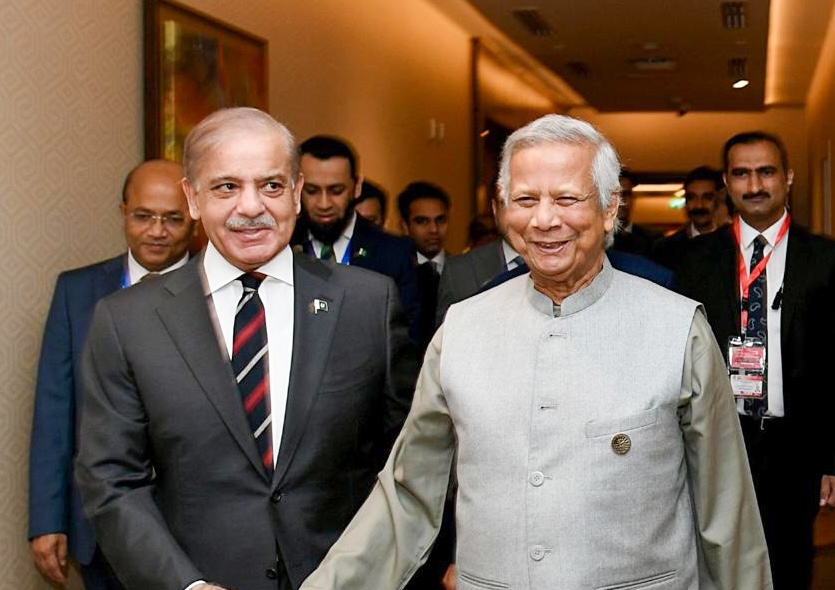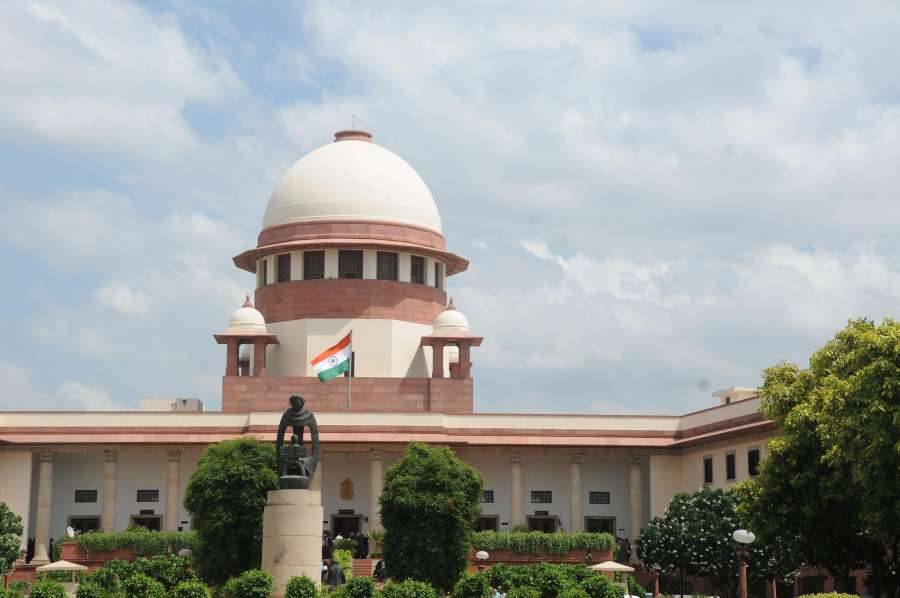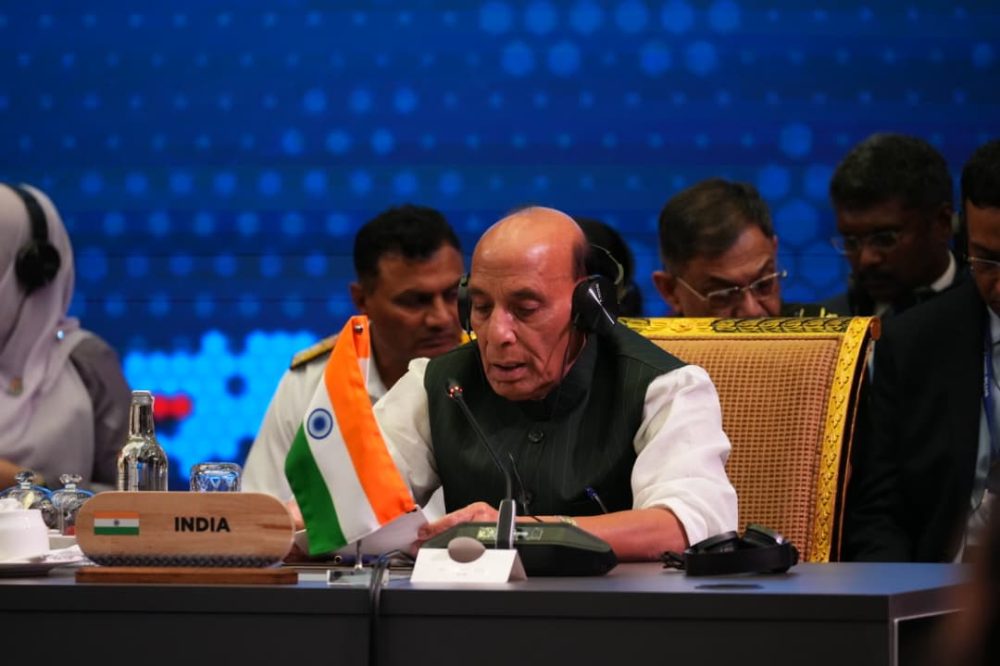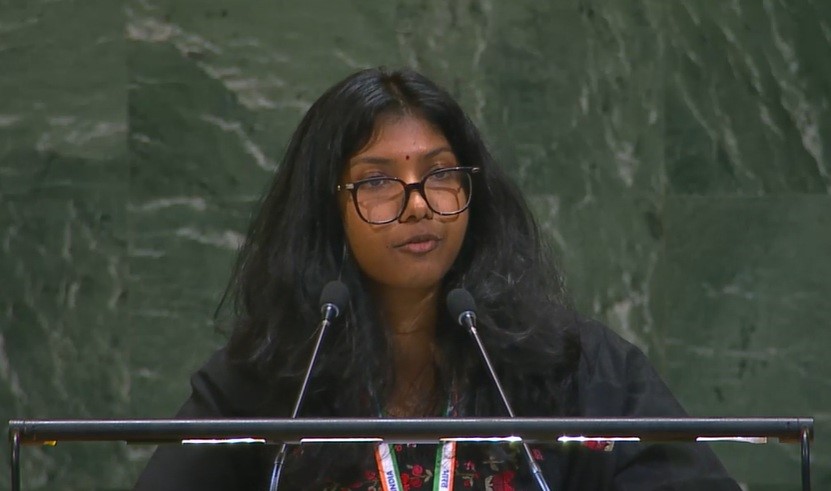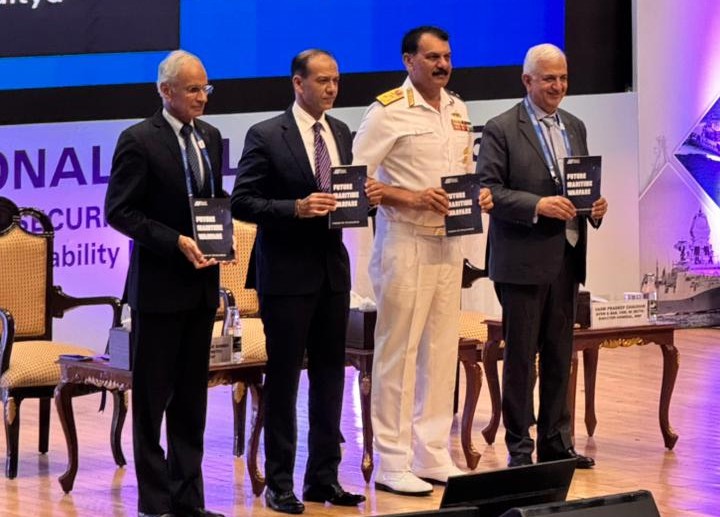It was stated by the petitioner that a large number of accidents are taking place in and around Delhi due to the use of Chinese Maanjha….reports Asian Lite News
The Delhi High Court has observed that a complete ban on flying of kites cannot be imposed as the activity is a part of our culture and heritage while dealing with a plea over safety concerns over the use of ‘Chinese Maanjha’ (synthetic kite thread).
“The petitioner though has gone to the extent of making a prayer for imposition of complete ban on flying of kites… the said prayer for imposing a complete ban on flying of kites cannot be granted as kite flying is a part of our culture and heritage. However, the use of Chinese Maanjha/synthetic thread is certainly causing grave concern,” a division bench headed by Chief Justice Satish Chandra Sharma said in the recent order.
The bench, also comprising Justice Subramonium Prasad ,was hearing a Public Interest Litigation (PIL) filed by advocate Sanser Pal Singh seeking directions to the government to impose complete ban on flying, making, sale-purchase, storage, transportation of kites and objects used in making and flying of kites.

It was stated by the petitioner that a large number of accidents are taking place in and around Delhi due to the use of Chinese Maanjha. A large number of people are getting injured, and not only people, even animals and birds are also becoming victims of Chinese Maanjha, the plea contended.
Considering the plea, the court directed the authorities to ensure strict compliance with the earlier National Green Tribunal (NGT) orders and Delhi government notification which ordered the banning of the synthetic thread.
The NGT order, passed on August 10, 2020, prohibited manufacture, sale, storage, purchase, and use of thread made of nylon, synthetic material and/or coated with synthetic substance which is non-biodegradable for kite flying, the court held.
In the petition, it was stated during the kite flying activity, competitors will engage in cutting each other’s kite string. In order to make the string tougher to break, they need a strong string, popularly known as Chinese maanjha, in which manufacturers put a glass coating, which, at times, causes injury to humans and birds.
The plea also highlights that the kite flying activity is already prohibited as per section 94 of the Delhi Police Act, 1978 where it is provided that, “Prohibition against flying kites, etc. — No person shall fly a kite or any other thing so as to cause danger, injury or alarm to persons, animals or property.”
The petitioner also cited accidents, including fatal ones, caused due to the Chinese maanjha.


